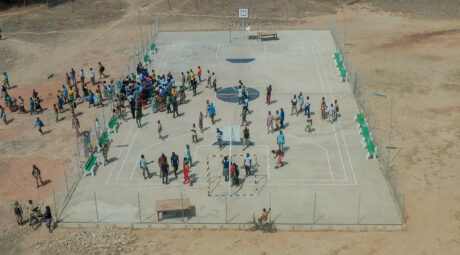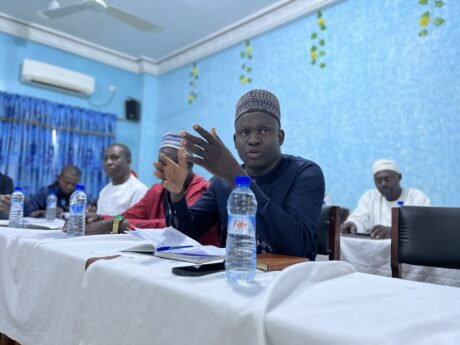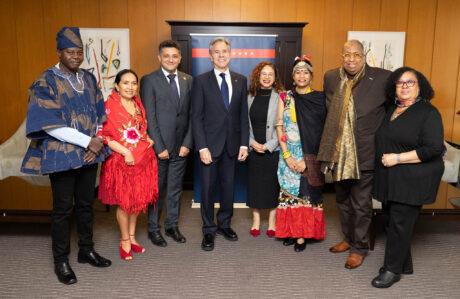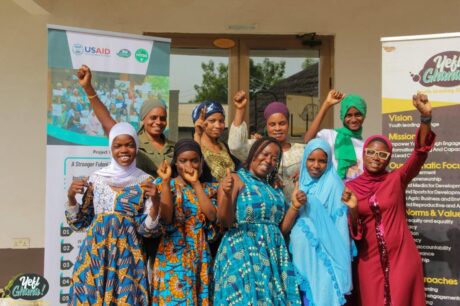Panelists at SID-US 2022 Annual Conference said new act emphasizes locally engaged, locally led solutions in four countries and one region.
The newly enacted Global Fragility Act is an opportunity for the U.S. government and its implementing partners to re-imagine how to develop and carryout peacebuilding initiatives in five key locations, and then take those experiences to other at-risk and conflict areas, panelists said at a Society of International Development-United States session.
Robert Jenkins, Assistant to the Administrator at the U.S. Agency for International Development, told an audience of about 80 participants that the government now needs to look at “what do we need to change and what do we need to do differently to be better” at building peace.
Speaking on a May 26 panel called “Implementing the Global Fragility Act: From Strategy to Action” during the 2022 Annual Conference of the Society of International Development-United States, Jenkins recognizes this as an historic moment for development and peacebuilders.
“It is a difficult time for anyone on the globe to promote peace and stabilization,” he said. “But never before in the history of the world with more than 100 million people being displaced, never is there a time when peacebuilders are more needed. And we are happy that the U.S. government can call itself a peacebuilder.”
During the next 10 years, the United States will implement the “U.S. Strategy to Prevent Conflict and Promote Stability” to bring expertise and resources to communities in their conflict prevention and peacebuilding efforts.
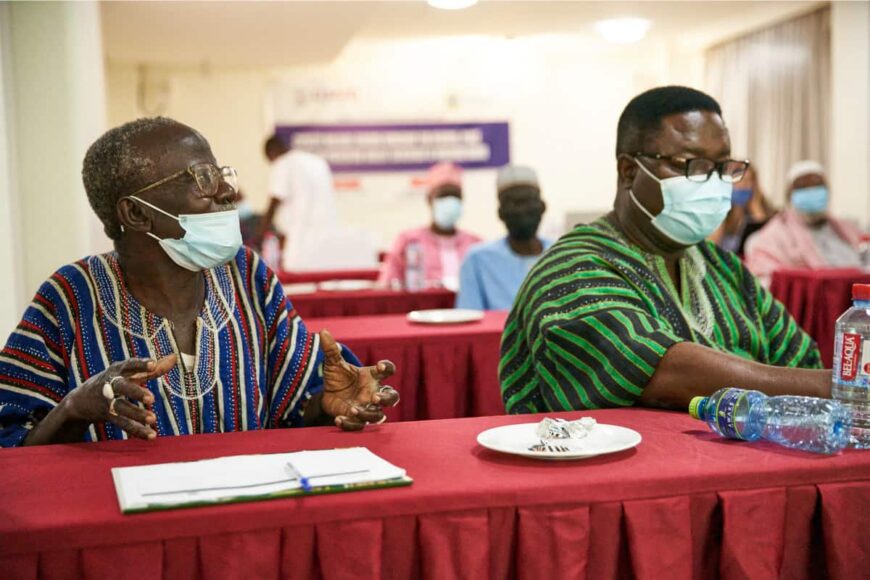
“The Global Fragility Act is a very important piece of legislation that really focuses on reducing violence and elevating peacebuilding and conflict prevention as pillars of U.S. policy and development assistance,” said Susanna Campbell, Ph.D., a professor at American University in Washington, D.C., and moderator of the SID-US virtual panel session. “This is a really exciting period where the U.S. government is thinking about and planning how to implement this broad change to its policy in fragile and conflict-affected states.”
The White House announced April 1 the start of implementation of the Global Fragility Act with a focus on 4 countries and one region – Haiti, Mozambique, Libya, Papua New Guinea and Coastal West Africa. The selection of these geographies has the potential to consolidate and aim the U.S. government’s collective resources toward root causes of violence and instability. Panelists agreed that the international development community must bring tools, learning, and experience to bear in order to shift course.
“One of the biggest challenges with prevention is that it is a very revolutionary, potentially status-quo altering act,” Campbell said during the panel session.
Jenkins, who leads USAID’s Bureau for Conflict Prevention and Stabilization, outlined for attendees three general areas of focus. First, the U.S. government needs to be more specific about what it seeks to change and how we want to achieve that change. Second, he said, the government and implementers must determine whether conflict prevention works, though he recognizes that prevention takes hard work and years to see an outcome. Finally, the efforts need to be initiated and managed within the countries, not from Washington, D.C.
“We have to make sure that field driven, locally led are more than just bumper stickers,” the Assistant to the Administrator said. “All of us who have seen effective programs in the real world know that if it does not involve people themselves taking ownership in the design, process and outcomes then we are all wasting our time.”
Coastal West Africa Makes It Local
Olivier Girard, Chief of Party of the USAID/Office of Transition Initiatives’ West Africa Littorals Regional Initiative, told listeners that he applauds the Global Fragility Act’s priorities of a more streamlined and expedited funding process that enables more adaptive, integrated and agile implementation in these environments.
“The key principles of prevention and local ownership are the right principles,” said Girard, who works for Creative Associates International as the implementer of OTI’s Coastal West Africa program. “They are not particularly new – we’ve been using those principles for years, but it is important to see them elevated at the policy level.”
The USAID-funded program is entering its second year and has small teams in Ghana, Togo and Benin that are primarily working in the northern parts of each of these countries. A primary OTI mechanism is the use of small grants to local actors. In the first year, the Littorals Regional Initiative issued about 60 grants to 45 different partners (the vast majority of them local civil society organizations) and the balance going to local host government entities, like the Regional Peace Councils in Ghana and the Mediator of the Republic in Benin.
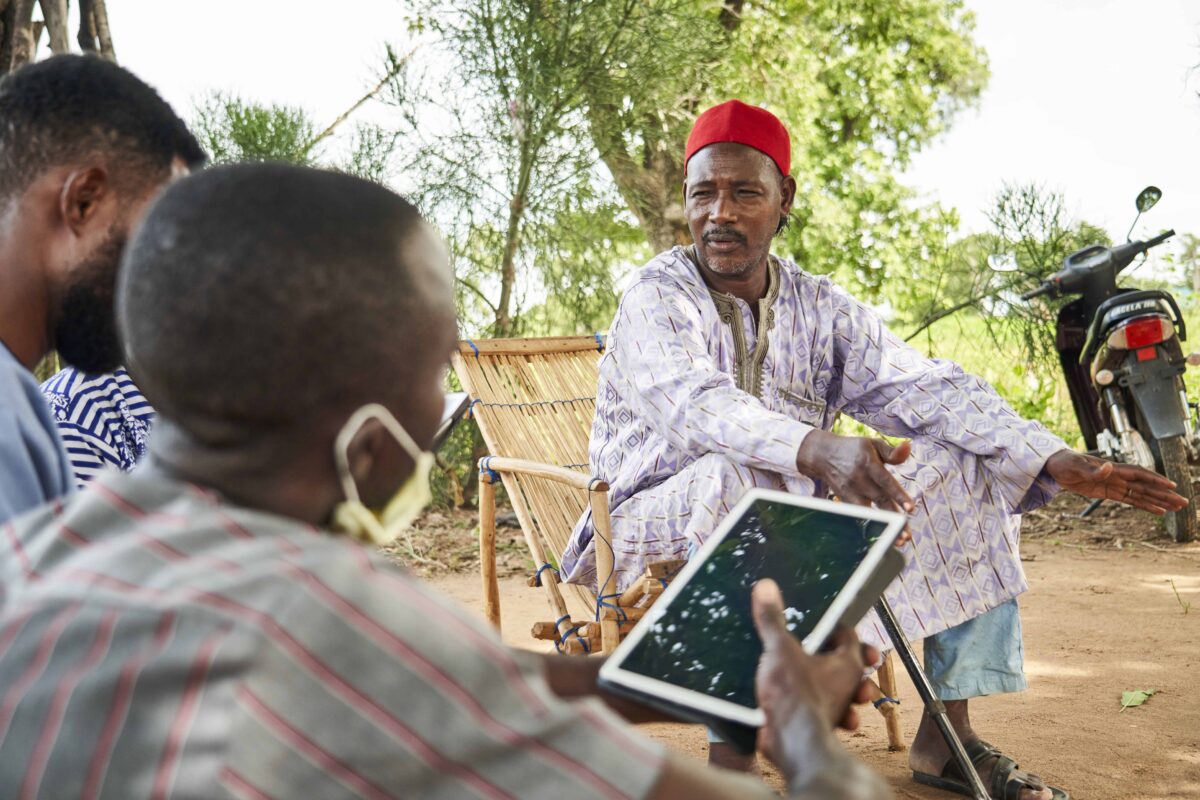
Examples of the OTI program include support to mediation committees, village savings and loan associations and mapping relations between ethnic Fulbe and farming communities in Ghana.
Girard emphasized the need to U.S. diplomats and Mission personnel to visit the field, talk with local actors and collaborate with innovators in these communities. He hoped that the Global Fragility Act would be a tool for U.S. personnel in these countries to get out of meetings and into the field.
Jenkins agreed and noted that the Global Fragility Act mandates that the U.S. government do a better job. “We have to get our Mission Directors and our Ambassadors to totally buy into this. And they are,” Jenkins said.
Law Is a Paradigm Shift
Joseph Sany, Ph.D., Vice President of the Africa Center at the U.S. Institute of Peace, described the new law as a “paradigm shift” in promoting peace.
Sany pointed to two sets of attributes. First, he said the government is shifting its approach and is now looking at fragility as a systemic or whole of society problem. “That is a key difference” from previous efforts, he said, that now has a long-term approach.
The second is a whole-of-government approach to fragility, in which USAID, the State Department, Defense Department and other actors are working together. Sany said. “Before, we planned and then everyone goes and does his own thing,” he said. “Now we are looking beyond coordination to integration.”
Sany also highlighted the new tools available through the Global Fragility Act to bring in new actors, almost like a “compact approach,” and the emphasis on learning to improve our programming.
“This is uncharted territory” in peacebuilding, Sany said. “It will require humility. It will require creativity. It will require flexibility. And the willingness to accept failure. Sometimes it is better to say I promised this, I failed but I learned something from it.”
